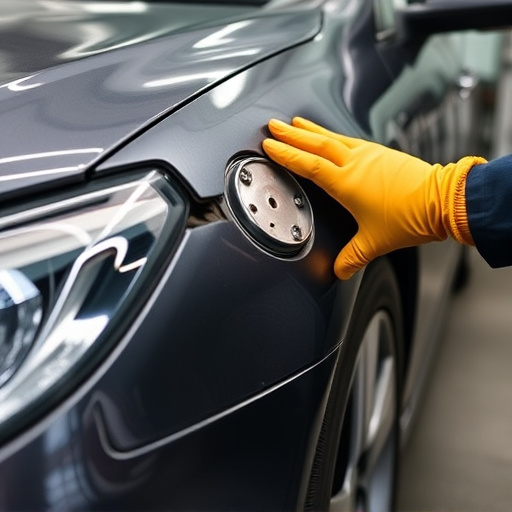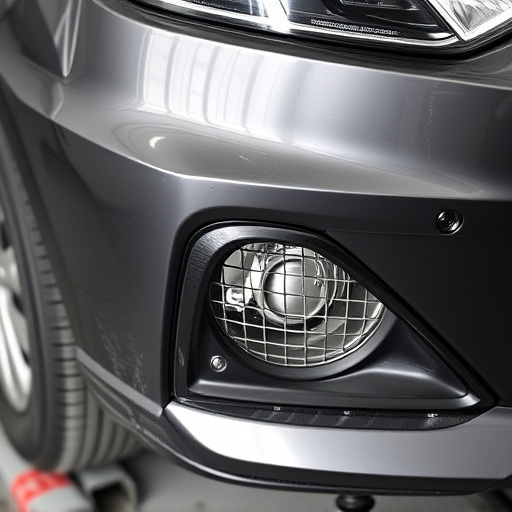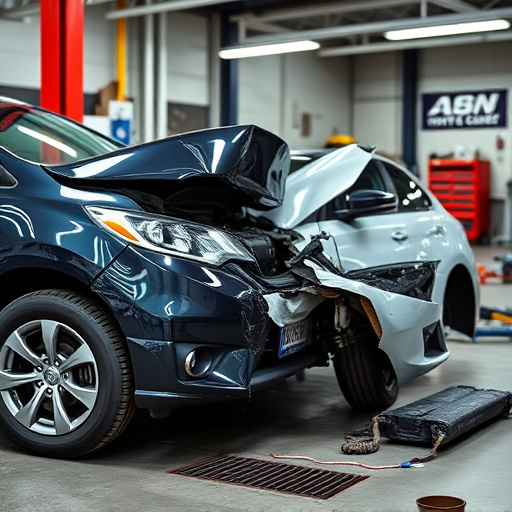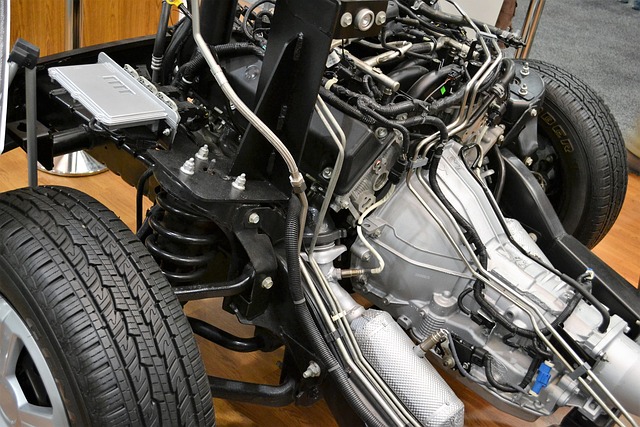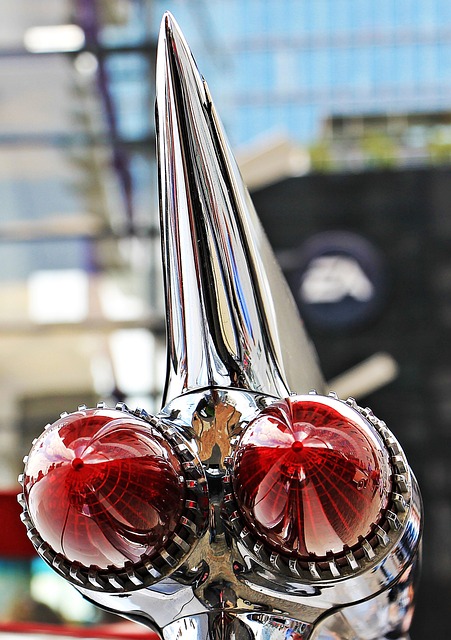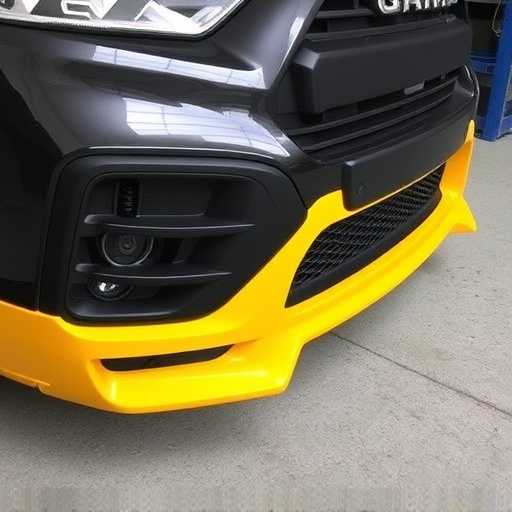The automotive industry is transitioning from steel to aluminum body components for their lightweight properties and enhanced strength, with advancements in metallurgy improving corrosion resistance and formability. While carbon fiber components offer superior structural integrity, aluminum remains a cost-effective solution due to its durability, natural resistance to rust, and ease of dent repairs. Coating technologies and processes like anodization further protect aluminum, ensuring long-term vehicle lifespan and contributing to sustainability through recyclability. Automakers employ innovative strategies to overcome challenges posed by lightweight materials, integrating carbon fiber components for specific parts that require enhanced structural integrity while maintaining cost-effectiveness with aluminum.
Aluminum body components are transforming the automotive industry, offering a lighter alternative to traditional steel. This shift is driven by the need for more fuel-efficient and durable vehicles. While carbon fiber components have gained attention for their exceptional strength-to-weight ratio, aluminum remains a dominant choice due to its cost-effectiveness and established durability.
This article explores how aluminum body components contribute to vehicle longevity, delving into the material’s inherent advantages and addressing challenges in ensuring its long-term performance compared to carbon fiber alternatives.
- The Rise of Aluminum in Automotive Manufacturing
- Advantages of Aluminum Body Components Over Carbon Fiber
- Ensuring Longevity and Durability: Challenges and Solutions
The Rise of Aluminum in Automotive Manufacturing

The automotive industry has witnessed a significant shift towards lighter and stronger materials in recent years, and aluminum has emerged as a leading contender. Once considered primarily for high-end sports cars, aluminum’s widespread adoption in modern vehicles is driven by its exceptional strength-to-weight ratio, which offers numerous benefits to manufacturers and consumers alike. This trend is especially notable in the production of body components, where traditional steel alternatives are being replaced with aluminum alloys.
The rise of aluminum can be attributed to several factors, including advancements in metallurgy that have improved the material’s formability and corrosion resistance. Aluminum body panels and structural elements are now known for their durability, contributing to enhanced vehicle safety and performance. Moreover, the lightweight nature of aluminum allows for better fuel efficiency and reduced emissions, addressing environmental concerns. As competitors innovate with carbon fiber components, aluminum continues to stand out as a practical and cost-effective solution, even in the face of challenges related to paintless dent repair and car scratch repair, which have been mitigated through advanced coating technologies and innovative manufacturing techniques.
Advantages of Aluminum Body Components Over Carbon Fiber

Aluminum body components offer several advantages over carbon fiber components when it comes to vehicle durability. While carbon fiber is renowned for its exceptional strength-to-weight ratio, aluminum boasts superior corrosion resistance and a lower environmental impact. Aluminum is naturally resistant to rust and oxidation, reducing the need for additional coatings or treatments, which can lead to longer-lasting vehicles. This property also translates into easier and more cost-effective vehicle dent repair and bumper repair processes. Unlike carbon fiber, which may require specialized tools and techniques for repair, aluminum can be patched and restored using standard auto painting and bodywork methods.
Moreover, aluminum is more readily recyclable than carbon fiber, making it a more sustainable choice for automotive manufacturing. This not only reduces the environmental footprint of vehicles but also ensures that old cars can be recycled into new components, contributing to a circular economy. In terms of durability, aluminum’s strength-to-weight ratio is impressive, allowing for lighter and stiffer structures that enhance vehicle performance and fuel efficiency without compromising safety.
Ensuring Longevity and Durability: Challenges and Solutions

Ensuring longevity and durability in vehicles is a complex task, especially with the ever-evolving materials and design trends. The automotive industry’s shift towards lightweight materials has been a game-changer, with aluminum body components leading the way. While aluminum offers exceptional strength-to-weight ratios and improved fuel efficiency, it presents unique challenges for long-term durability. One of the primary concerns is corrosion resistance, as aluminum can be susceptible to oxidation when exposed to moisture and certain chemicals.
To overcome these hurdles, automakers employ various strategies, including specialized coatings, anodization processes, and galvanization techniques. These methods enhance the metal’s natural protective barriers, making it more resilient against environmental factors. Additionally, integrating carbon fiber components into specific parts offers enhanced structural integrity and weight reduction without compromising durability. This innovative approach ensures that vehicles not only withstand daily wear and tear but also retain their structural integrity over time, providing a solid foundation for car restoration and ensuring a longer lifespan for even the most demanding automotive applications.
Aluminum body components have emerged as a key player in modern vehicle manufacturing, offering significant advantages over traditional steel and even high-end alternatives like carbon fiber components. By leveraging aluminum’s superior strength-to-weight ratio, automakers can create lighter, more fuel-efficient vehicles without compromising durability. While challenges remain in ensuring longevity and addressing corrosion issues, ongoing advancements in material science and manufacturing techniques are addressing these concerns. As the automotive industry continues to prioritize sustainability and performance, aluminum body components are poised to play an increasingly vital role in shaping the future of durable and eco-friendly transportation.


